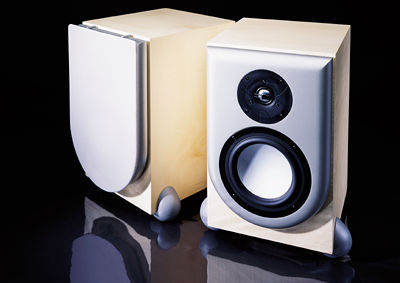ROOSKIE
Major Contributor
Well, I disagree, and to be clear I didn't say any old monitor will do.Not sure about this. If you have subs, you still buy the best performing speaker you can afford. The R11 measures better than any of the others mentioned. Now the advantage being that for many situations you may not even need subs.
Value for money? In the Kef range, by your argument the original LS50 is enough. Or cheaper Ascend, BMR, Arendal.....
If you have subs and robust monitors or nice small towers there is generally not a real need to pay for more low bass from the towers. Sure if you want to go ahead.
Based on what I see the R11 does not measure better than the R7meta, R5meta or the R3meta above the bass range.
They are all very similar with only low bass extension and some mid bass ultimate output level being the differentiator.
The R11 simply has more bass but if you are using subs the added bass becomes far less meaningful. Yes without subs your R11 has better bass. I'd rather have subs.
If you have a HUGE room you may want the R11 for extra output ability in the 80-150hrz zone where it is possible the R5 or R3 would not play as loudly. This would be extremely loud though in a 'normal' sized room. You can also blend your subs in @90-100hrz in such a way as to have those large tower benefits in the midbass.
The LS50 is too small for many rooms even with subs. It would be fine in a small to medium room but for any higher output it really should be high passed at 100hrz(or higher if you can get the blend right and the subs are placed where they will not be localized, even 150hrz, even 250hrz with the LS50 sitting on smaller subs making DIY 3ways.) The LS50meta does sound good but it is very small and very output limited alone.
But yes by my metric a large, robust monitors and subs is very much a viable R11 option.
The 4, 6.5" drivers in each R11 have about a 12" woofers surface area. I seriously doubt they actually can output as much as a good beefy 12" subwoofer though.
At any rate the R11's are beautiful and cool and not a meaningful upgrade in my view over KEFs smaller R series speakers(and many other options) provide you have subs and high pass the mains.(and have the skills to make a great blend and measure, though even with just the R11 one ought to measure and apply some room 'correction' in the bass and midbass)
Now if you still want a very cool looking contemporary tower of power I won't hold it against you or anyone & the R11 is that.

